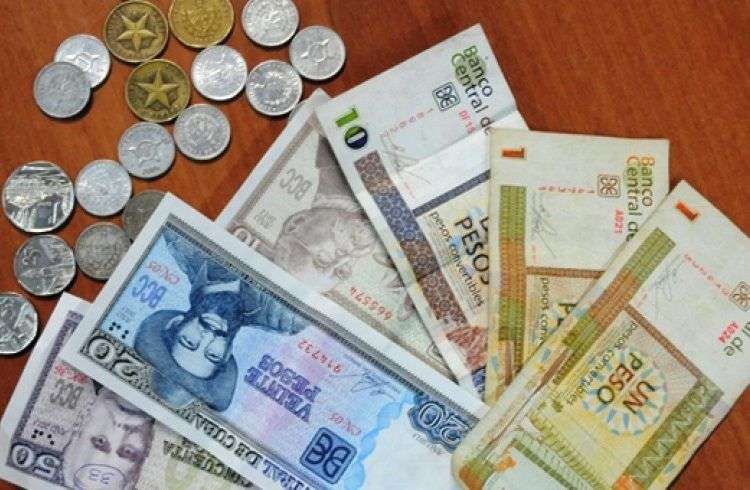The process of monetary unification would order finances and increase the economic changes initiated in 2008; but it will not solve all the current problems of the Cuban economy, Jessica Leon Mundul, a professor and researcher at the Center for the Study of the Cuban Economy, based in Havana, said
Inflationary and fiscal pressures in different types of markets, the complex macroeconomic situation and the absence of lenders to deal with the process of changes, are some of the major tensions identified by the expert.
In an interview published in the local weekly Opciones, Leon Mundul said they are currently working on determining adjustments in the corporate sector, considered the one with the major problems. This would imply a needed devaluation to achieve the exchange rate adjustment.
In March 2014, the Ministry of Finance and Prices Cuban established regulations for the setting of wholesale and retail prices by legal persons that will be applied after the monetary unification.
Although there no accurate forecasts on the date of reunification, Leon Mundul said that so far there have been some experiments in sectors such as tourism. In this case, it allows their purchases to the agricultural industry- whether cooperative or private, using a different rate of between 7 and 10 pesos for each CUC, which is an advantage by offering greater buying power.
Once the final rate is established “it only would be left to put all the prices in the economy according to the exchange rate to be determined, it should not be left to drift market fro but involves gradually adjust,” she added.
In Cuba there currently circulating the Cuban peso and the CUC, equivalent to 24 pesos, which was introduced at the beginning of the 90s, as part of the transformation of the country to face the deep economic crisis that ensued after the collapse of the socialist bloc.










